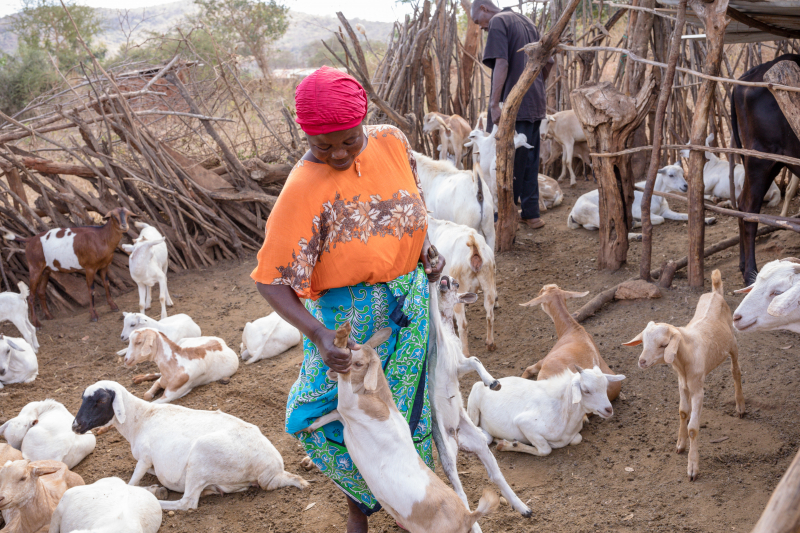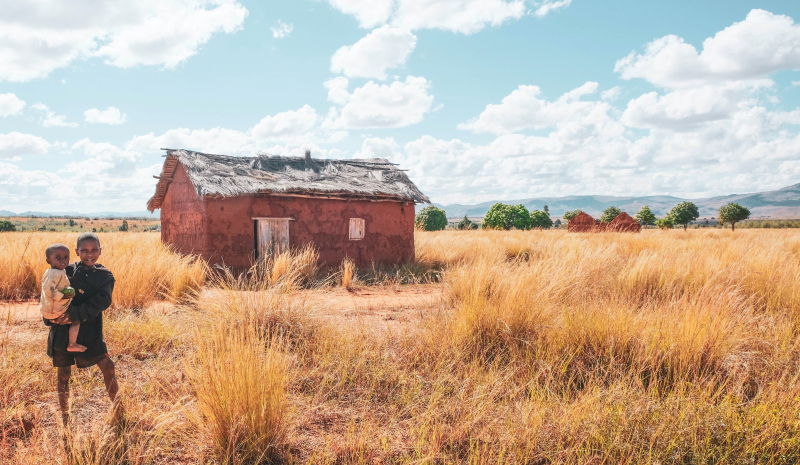Agriculture
Despite being the land of diamonds and uranium, half of Namibia's population depends on agriculture. To be more specific, even though the economy depends on the mining of minerals, mining employs only 3% of the population, and literary half of the country's population is employed in agriculture, and agriculture takes up most of the arable land. However, arable land only accounts for less than 1% of Namibia (about .97%), making it easy to understand that most Namibians live in one place instead of all over the country's land.
One of the fastest-growing areas of economic development in Namibia is the growth of wildlife conservancies. However, this only helps a small part of Namibia's population. The majority of people in Namibia are still heavily dependent on agriculture, but sadly, a lot of people find it hard to have lands to do farm work, since quite a lot of the arable lands are owned by the UK and Germany. In 2004, the United Kingdom contributed roughly $180,000 to the cost of Namibia's land transformation program. At the time, Namibia was planning to expropriate land to black landless Namibians by taking land from white farmers. Germany promised €1.1 billion in 2021 spread over 30 years as compensation for the early 20th century genocides, but the funds will be used for infrastructure, healthcare, and training initiatives rather than land reform.







